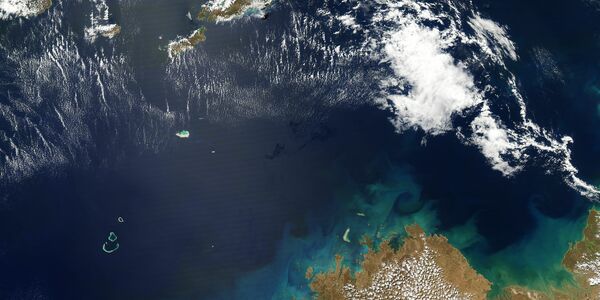Genomic Signature Analysis for the Strategic Bioremediation of Polycyclic Aromatic Hydrocarbons in Mangrove Ecosystems in the Gulf of Tonkin
(1) The Hill School, USA, (2) The Loomis Chaffee School, USA, (3) Unaffiliated
https://doi.org/10.59720/21-013
Current oil spill cleanup methods can be inefficient, costly, and have many more downsides. In an effort to create an efficient, cost-effective, and environmentally-friendly solution to cleaning oil spills, there has been a flurry of advancements in microbiological vectors. These plasmids confer oil-degrading genes that can be implemented into the native microbial population. For this strategy to work, it is critical that an appropriate naturally-found plasmid be picked as a base to ensure long-term plasmid survival and activation of its genes. To help realize this goal, this study relies on emerging computational technologies to measure genetic similarity between the host chromosome and the potential plasmid vector, utilizing an algorithm for 3-mer genomic signature analysis to determine the best naturally-found plasmids for later use as vectors, as well as detect local species or genera that are most compatible with these plasmids. Our hypothesis is that the resulting plasmid-species combinations will reflect existing literature regarding historical host-species interactions, further supporting genomic signature analysis as a tool to find historical plasmid-host interactions and thus predict plasmid compatibility. The plasmids we identify can then be chosen as a base vector to be equipped with hydrocarbon-degrading genes in future studies. Based on our results, for mangrove forests located in the Gulf of Tonkin, the combinations IncP-9 (Pseudomonas lurida, Pseudomonas pelagia, Pseudomonas alkylphenolica, Pseudomonas antarctica), IncA/C (Marinobacter salinus), Ri/Ti (Erythrobacter atlanticus) or Ri/Ti (Pseudorhodoplanes sinuspersici) should be the targets of future oil-degrading bioremediation strategies.
This article has been tagged with: